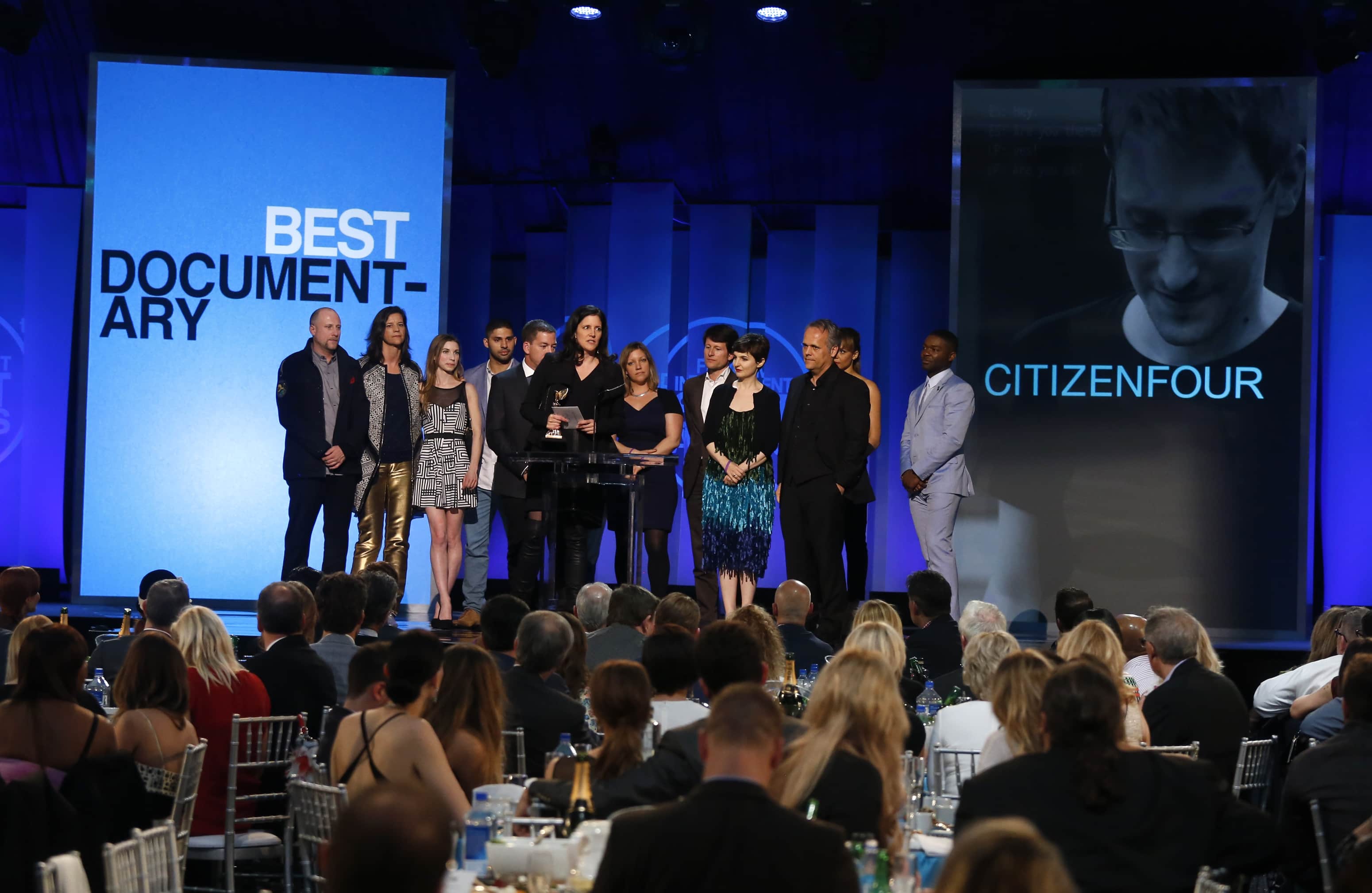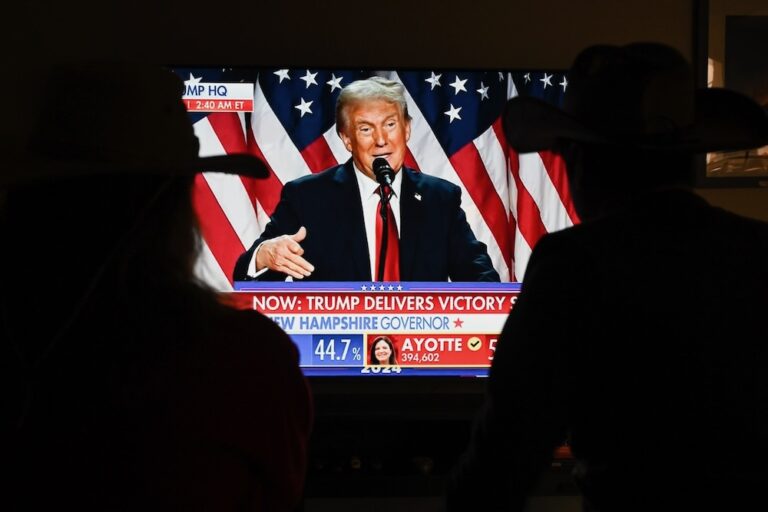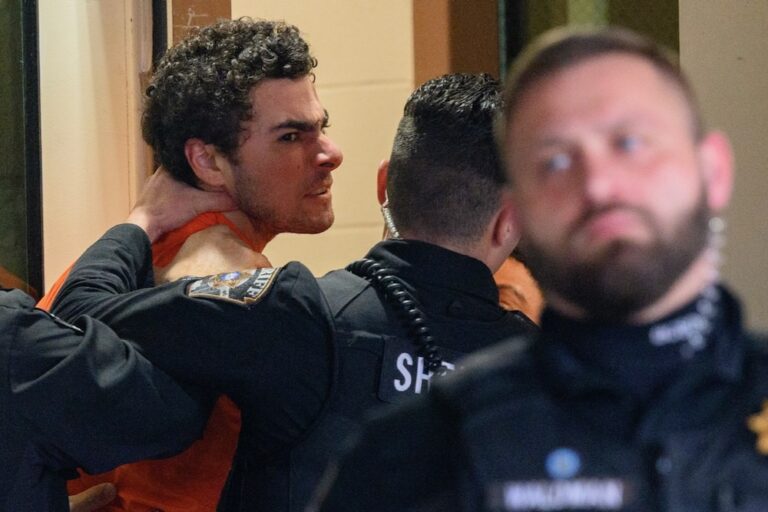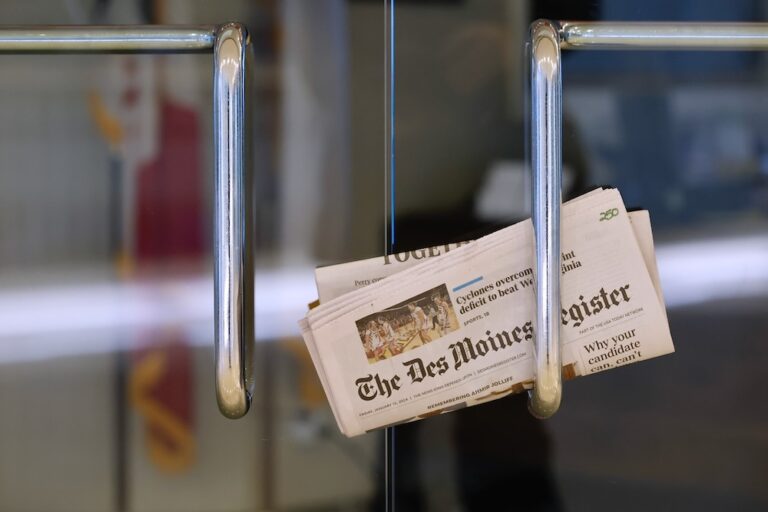As they take on investigative reporting functions, documentary filmmakers should adopt the model of the press freedom community to protect themselves and their sources from threats both old and new.
Excerpt of a 17 July 2015 CPJ Blog post by Sara Rafsky, CPJ Americas Program Research Associate.
Joshua Oppenheimer travelled to New York for today’s premiere of his documentary “The Look of Silence,” but one place he won’t travel is Indonesia, where he says his work on this and an earlier film puts him at risk. Earlier this week, Laura Poitras, the Academy Award-winning director of the documentary CITIZENFOUR, filed a lawsuit against the U.S. government seeking information related to border interrogations to which she was subjected between 2006 and 2012. These two cases represent the increased and varied risks facing filmmakers and their sources in what many critics have dubbed the Golden Age of documentary film.
Cheaper and more accessible filmmaking technologies, the emergence of new distribution platforms and funding sources, and the rising popularity of the genre with viewers have combined to create an ever-richer offering of nonfiction films over the past 15 years. Filling the void created by dwindling print journalism budgets, many of these films take the form of cinematic long-read investigative reporting. As they take on these journalistic functions, documentary filmmakers should adopt the model of the press freedom community to protect themselves and their sources from threats both old and new.



